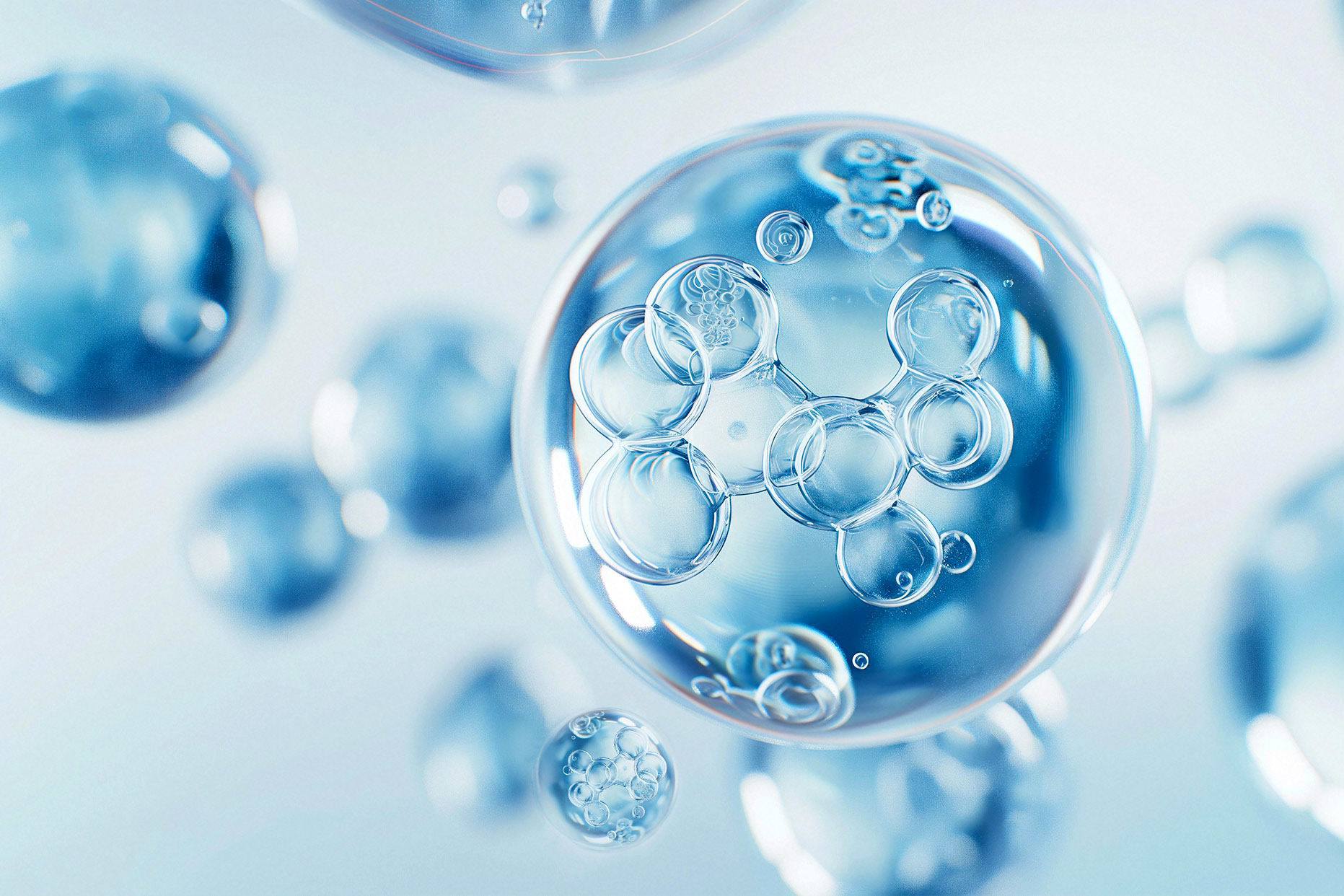Unraveling the Mysteries of 2-Ethylhexanol: A Comprehensive Guide
Jun 07,2025
Introduction to 2-Ethylhexanol
Ever heard of 2-Ethylhexanol? No, it's not a new pop band or a trendy coffee drink! 2-Ethylhexanol, or 2-ethylhexanol, is a fascinating organic compound that has found its way into various industries, from plastics to cosmetics. This article will dive deep into the world of 2-Ethylhexanol, exploring its properties, uses, and why it matters.
What Exactly is 2-Ethylhexanol?
So, what’s the deal with this compound? 2-Ethylhexanol is an alcohol with the chemical formula C8H18O. It’s primarily produced from the petrochemical industry and is known for its versatility. Just a little fun fact: it’s a branched-chain fatty alcohol, which makes it a unique player in the world of chemistry!
The Production Process
Now, let's get into the nitty-gritty of how 2-Ethylhexanol is produced. Typically, it’s synthesized through the oxo process, which involves the hydroformylation of butenes followed by hydrogenation. Sounds complicated, right? But don’t fret! In layman’s terms, it’s all about combining gases and then converting them into a liquid form. Voilà! You’ve got 2-Ethylhexanol.
Applications of 2-Ethylhexanol
You might be wondering, "What’s the point of 2-Ethylhexanol?" Well, it’s got quite a few tricks up its sleeve! Here are some applications:
- Plasticizers: One of the primary uses of 2-Ethylhexanol is in producing plasticizers like dioctyl phthalate (DOP). These are crucial for making plastics more flexible and durable.
- Solvents: It’s also used as a solvent in coatings and paints, helping to dissolve other substances without compromising the overall integrity.
- Cosmetics: Believe it or not, 2-Ethylhexanol is found in many cosmetic products, acting as an emollient to keep your skin smooth.
Environmental Considerations
Hold on a sec! Before we get too carried away with the perks of 2-Ethylhexanol, let’s chat about the environmental impact. Like many industrial chemicals, its production and usage can have negative effects on the environment. However, advancements in sustainable practices are aiming to mitigate these issues. For instance, some companies are exploring bio-based routes for producing 2-Ethylhexanol, which could lessen its ecological footprint.
Safety First!
As with any chemical compound, safety is paramount. 2-Ethylhexanol can pose health risks if mishandled. It’s essential to follow safety guidelines when working with this substance. Always wear appropriate personal protective equipment (PPE) and ensure proper ventilation in workspaces. Remember, better safe than sorry!
The Future of 2-Ethylhexanol
What does the future hold for 2-Ethylhexanol? With the ongoing push for sustainability, the industry is constantly evolving. Innovations in production methods, along with increased regulations, might shape how 2-Ethylhexanol is produced and used. Who knows? Perhaps we’ll see a shift towards greener alternatives in the coming years.
Conclusion
In a nutshell, 2-Ethylhexanol is more than just a chemical compound; it’s a vital component in many products that we use daily. From enhancing the flexibility of plastics to playing a role in cosmetics, its versatility is undeniable. As we move forward, understanding and responsibly managing substances like 2-Ethylhexanol will be key to fostering a sustainable future.
PREVIOUS:







